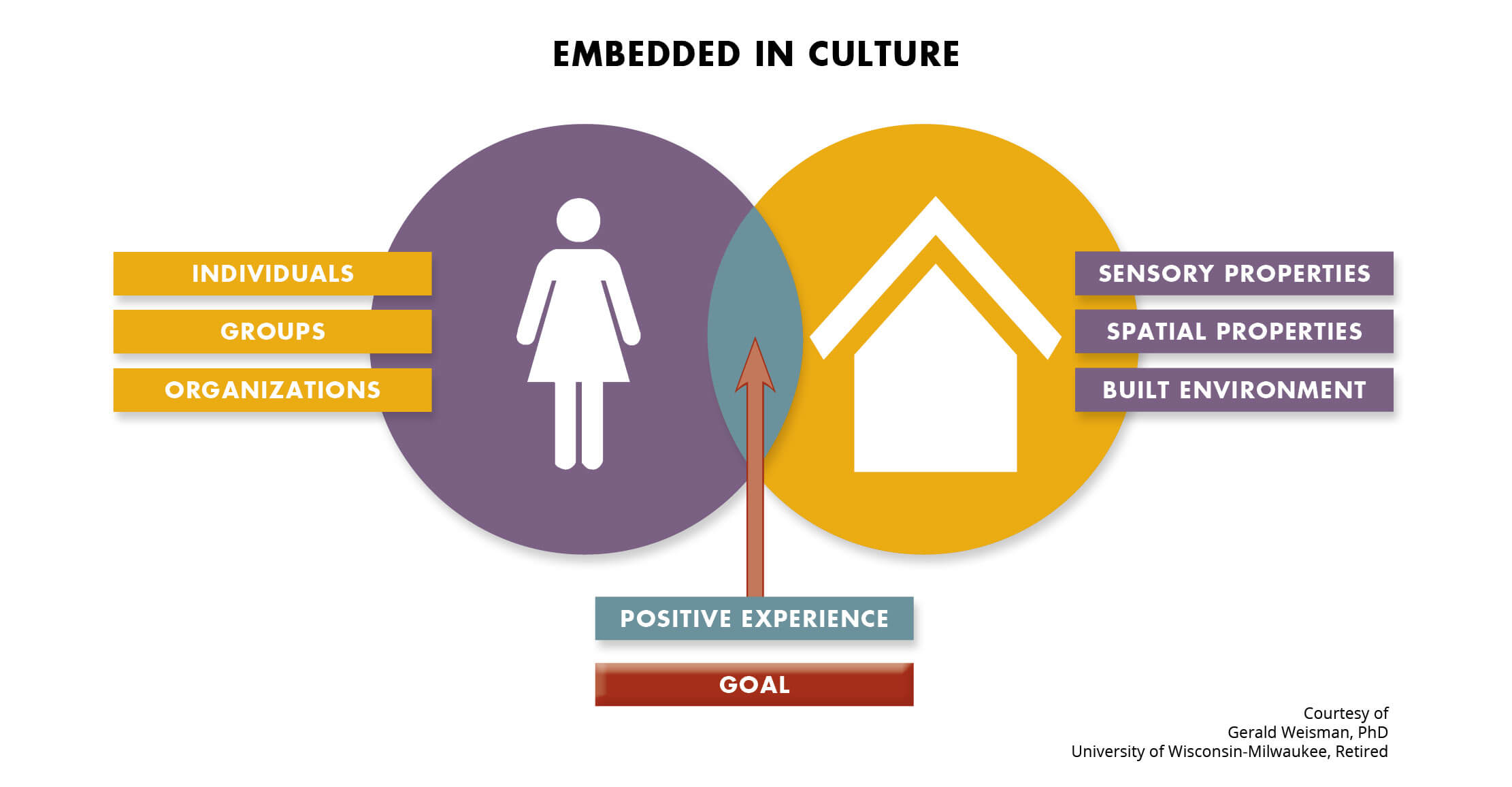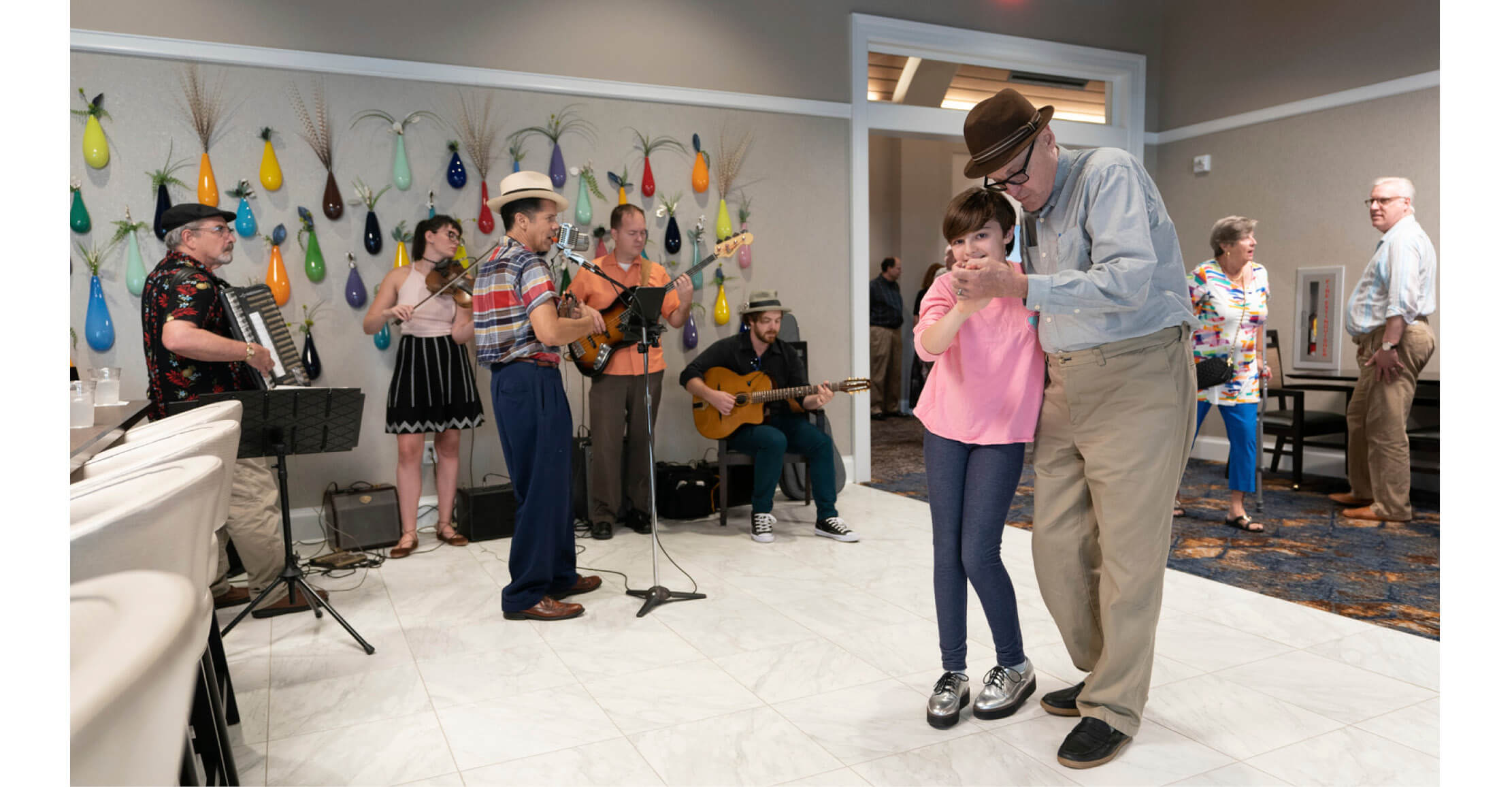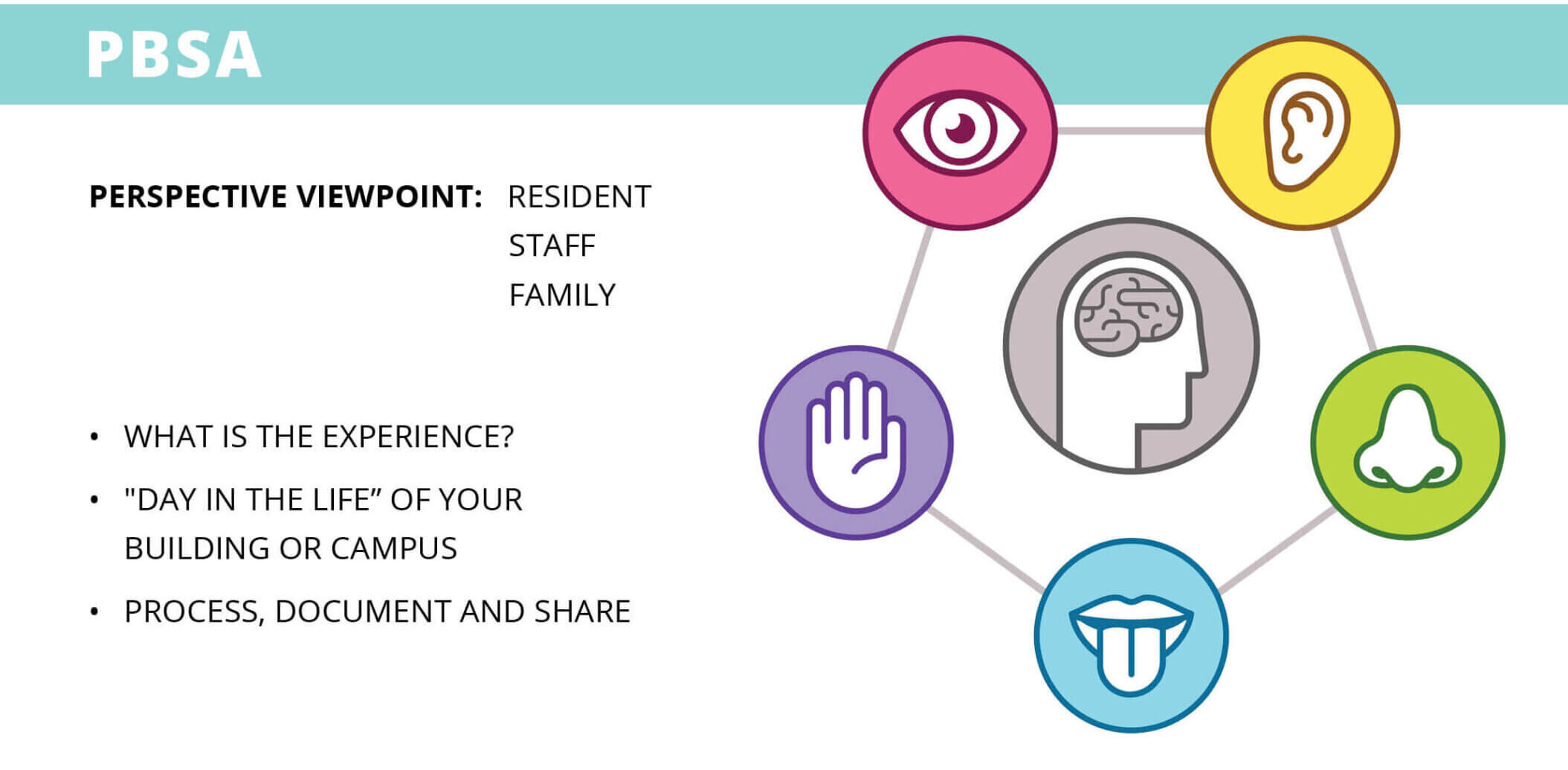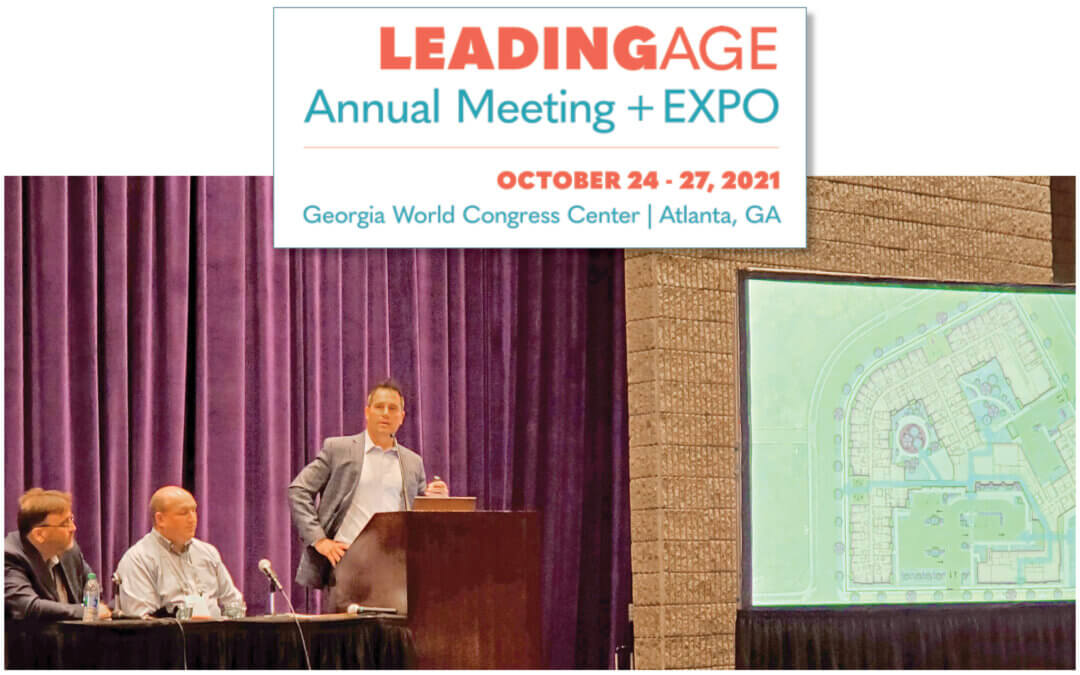AG Architecture continues to advocate for older adults by sharing information and innovative ideas on improving the experience of senior living communities. AG’s Eric Harrmann and Andrew Alden were joined by Matt Mauthe, CEO of Marquardt Management Services, to present at LeadingAge 2021 in Atlanta, Georgia. They discussed steps that can be taken from an operational and physical environment perspective to enhance the overall positive experience of senior living communities. The session entitled “Designing Spaces That Promote Engagement” was developed as AG and Marquardt engaged in a Master Planning exercise for a senior-focused mixed use development and began to conceptualize how the community would integrate social engagement into the plans. The session focused on three main points:

Senior living is a dynamic and ever-changing field. We are constantly working to improve the experience for residents, staff, and family members. Although as architects and designers, it may seem that we focus on the physical environment and the design of spaces, the integration of operations is often the key factor in improving the experience of these communities. For example, a beautifully designed activity space truly comes to life when a staff member is guiding a group of residents in an engaging activity. In practical application and the design process, it’s important to remember the operational (human) factors!
Energizing the Physical Environment

While operations and programming, or the human factor, are needed to make a space successful, thoughtfully designed environments pave the way for that success. The following are important design considerations:
- Location – Amenity and gathering areas should be positioned along natural circulation paths and in close proximity to resident living spaces.
- View & Access to Nature – Residents should have views of and direct access to the outdoors. This includes expansive windows as well as both full sun and sheltered outdoor spaces.
- Comfortable & Flexible Furniture Arrangements – The furniture selected for a space has a tremendous impact on whether residents will choose to use the area as well as how long they will stay there. An extreme example is a typical fast food restaurant with very hard uncomfortable seating, which is designed so customers only stay for as long as needed to finish a hamburger and fries. Amenity spaces should be furnished with comfortable/flexible furnishings that encourage residents to stay and socialize.
- Setting the Stage – Technically this falls under the operational category, but it is a very important component to support engagement in spaces. Organizations need to first and foremost set the stage–which may be as simple as assuring the amenity spaces are clean, clutter free, and welcoming. Remember, residents who utilize the amenity spaces have a base understanding that this is their home! As a result, it is important for organizations to allow residents to have control over the space, which may be as simple as moving a favorite chair for a better view.
Improving Your Community with a PBSA

The concept of “home” is laden with personal experiences and associations with sensory stimulation, including familiar and pleasing sights, sounds, smells, and/or tactile sensations. An understanding of your residents can go a long way in establishing what they consider a feeling of home from both a sensory and physical space perspective. A Perspective Based Sensory Assessment (PBSA) tool was shared to help determine the sensory attributes present in the building (or community) and how to modify them to benefit everyone.
Stay tuned for an Insights Report that shares more information on these main points as well as case studies of communities that successfully integrate these principles.

